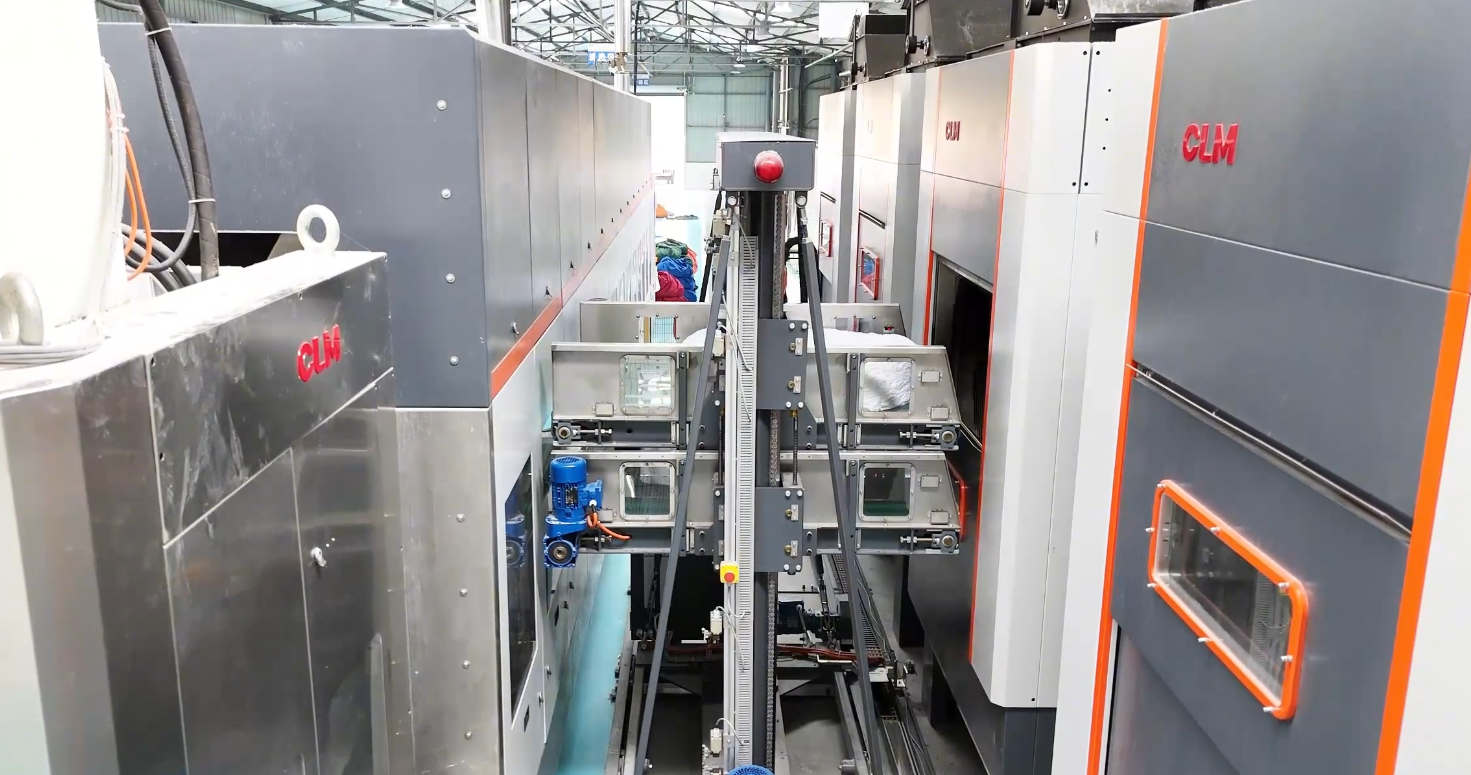In laundry factories, the effective management of linen is an important link in ensuring service quality and operation efficiency. However, during the process of washing, drying, and transferring, the linen may be damaged due to various reasons, which not only increases the operating costs but also decreases customer satisfaction. As a result, knowing the reasons for linen damage and making effective prevention programs are important for laundry factories.
Analysis of the Main Causes of Linen Damage
❑ Chemical corrosion
Chemical corrosion is one of the most common causes of linen damage. In the washing process, the improper use of strong washing powder, rust remover, chlorine bleaching, and other chemicals will cause corrosion to the linen. In addition, if the pH value of the main washing, rinsing, and neutralizing water is not within the appropriate range, it will also damage the linen. The remaining disinfection supplies, toilet cleaners, and other chemicals on the dirty linen will also cause corrosion to the linen.
❑ Physical Scratches
Physical scratches and wear are usually caused by linen coming into contact with hard objects during washing, drying, or transport.
Minor protrusions, foreign objects, or burrs on mechanical surfaces can directly cause linen scratches or abrasion in tunnel washers, suction tunnels of spreading feeders, spreading feeders, ironers, linen contact surfaces of folders, linen cage trolleys, and short-haul transport carts.
❑ Laceration
Lacerations and tears in linen most commonly occur during the press dewatering phase. Improper press cycles or excessive water levels in tunnel washers can cause linen to overflow drum baffles during compression, directly leading to mechanical tearing.
❑ V-shaped Lacerations
Triangular tears (V-shaped lacerations) in linen occur when the fabric is snagged or crushed by sharp objects during transit. Common culprits include conveyor belt corners, steel fasteners on transmission belts, and burrs/acute edges on dryer drum screws/internal surfaces.
Solutions to Prevent Linen Breakage
In view of the above main causes of linen damage, the laundry factory can implement the following preventive measures.
❑ Physical Damage Prevention
1. Reasonably control the laundry load volume according to the composition and texture of the linen.
Set the upper weight limit and send an alarm once overloaded to avoid physical damage caused by overload.
2. Do the daily inspection and maintenance of the laundry equipment on time according to the laundry equipment. Ensure that the water level is normal to prevent the linen from floating out of the fence during the pressing process and causing bruises.
3. Strengthen the sorting of linen. Remove foreign bodies, regularly check and maintain equipment, and timely trim sharp corners and burrs to reduce scratches and grinding damage.
4. Tailor press pressure, procedure, and time according to the type and texture of linen to reduce physical injury.
5. Strengthen the daily inspection and maintenance of equipment, such as water sacs to work more than a certain number of times (e.g., 100000) should be replaced in a timely manner, to ensure the normal operation of the equipment.
❑ Chemical Damage Prevention
- Adjust the chemical detergent programs to ensure correct laundry and chemical process parameters are used. pH is checked regularly to control the corrosive effects of chemicals.
- Wash light and heavy soiled linen separately to control the pH of the main wash. Reduce the amount of acid and base input to avoid excessive corrosion of linen.
- Minimize or replace acid washes and chlorine bleach in re-wash cycles to reduce chemical corrosion on linen.
- Reduce the amount of bleach used, and strictly control the amount to avoid excessive bleaching causing damage to the linen.
❑ Linen Transport Prevention
1. Regularly check the conveyor belt, steel buckle, baffle, and other parts, timely replacement of burrs or sharp corners of the parts to avoid causing scratches to the linen.
2. To improve machine, and machine equipment regular maintenance and adjustment, ensure its smooth operation, and avoid damage to the clamp linen.
3. Check tools like linen cage trolleys, and short-haul transport carts, to ensure that they surface without sharp corners or burrs, to reduce the damage of linen during the transfer process.
Conclusion
To sum up, the causes of linen damage in laundry plants and prevention programs are the key to ensuring the quality of linen and extending its service life. Through careful inspection and effective preventive measures, laundry plants can greatly reduce the breakage rate of linen, improve service quality, and reduce operating costs. Therefore, the laundry factory should attach great importance to linen management to ensure that the linen is intact in the washing, drying, and transfer process.
Post time: Mar-18-2025


